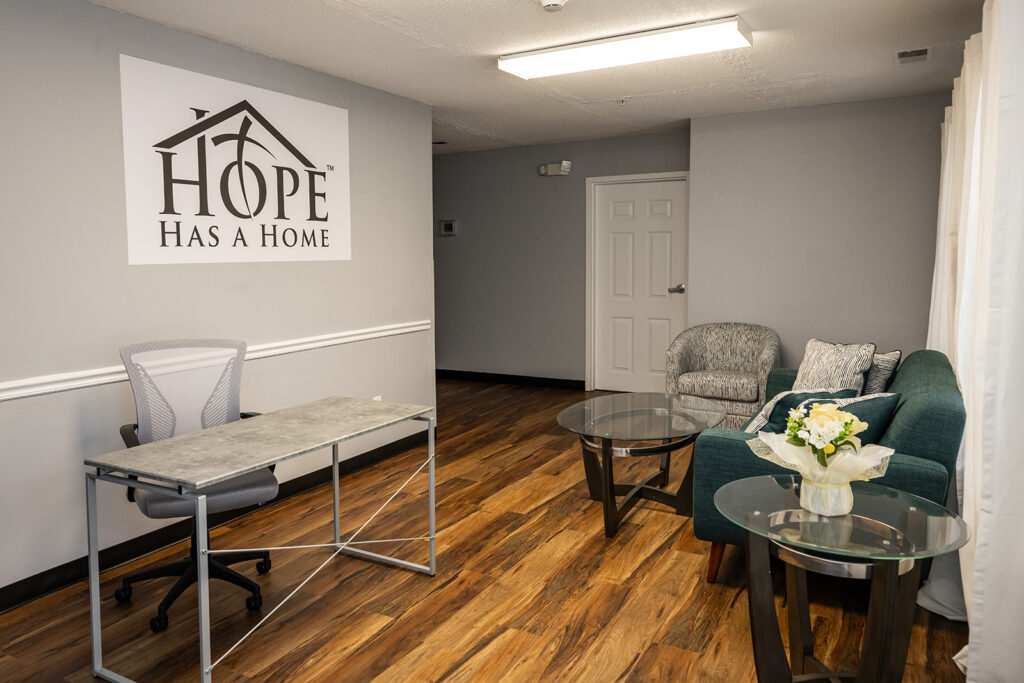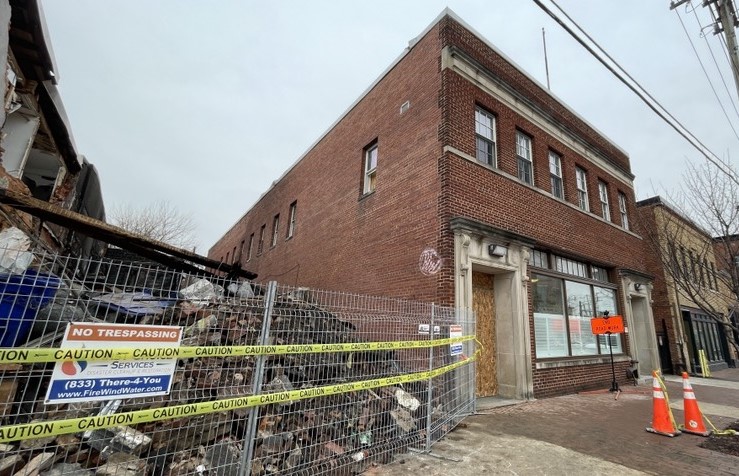On Thursday, December 5, the Washington Humane Society and Architects for Animals held an event to showcase how local architectural firms are teaming up to help provide shelter to feral cats during the upcoming winter months. The event was held at the American Institute for Architects in Northwest D.C., and featured nine shelters designed by local architectural firms.
The nine designs were as unique as they were functional; challenging any preconceived ideas about the appearance of outdoor shelters for feral cats. While all designs attracted the curiosity of attendees, the model that drew the most attention was “Corrugated Aerospace Tower Station (C.A.T.S.)” by Cunningham Quill Architects. This ingenious design featured a long cylindrical tube with balls of catnip strung along the inside. However, such a unique and clever design might be best suited for “trimmer” cats: the openings on either end aren’t exactly designed for larger cats.
Attendees of the event were asked to vote for their favorite design during the night. The winning design was a sleek and functional shelter created by Bonstra Haresign Architects, and featured insulated walls, a sliding door, and an aluminum gutter to collect rain water for cats to drink.
Coming in second place was C.A.T.S., the cleverly designed “space-station.”
“Here Kitty, Kitty” came in third, and was a rather humorous yet simple shelter, constructed from a re-purposed sump pump container, and designed to look like a black dog’s head, with it’s tongue serving as a ramp inside.
The other shelters included a variety of equally ingenious designs, such as: “Browniehause,” a cooler-shaped cube; a wide and stumpy white shelter with different rooms and corridors by Hickok Cole Architects; and two connected styrofoam blocks, painted to resemble a city skyline, and designed by Francis Cauffman Architects.
The founder of Architects for Animals, architect Leslie Ferrell, started the program in 2010 when she became concerned about the feral and homeless cat population in New York City.
“One winter [the cats] were crying outside, and I thought ‘they’re freezing to death,’ “ Ferrell shared when discussing what prompted her approach the architectural community in New York about creating shelters for homeless animals.
Ferrell, a cat rescuer herself, then created a competition among several New York City architectural firms to design imaginative and innovative shelters to help the city’s outdoor cats stay warm. In 2011, the competition, dubbed “Giving Shelter” spread to D.C., and has since been held every December in each city.
Ferrell feels fortunate to join the Washington Humane Society in raising awareness about homeless animals, and believes the combined result of such work will help reduce the number of feral cats.
“The Humane Society does a lot of great work, but tonight is only one way to approach the problem,” Ferrell said.
The WHS provides the other part of the solution to lessen the number of homeless and feral cats, whom undoubtably suffer during the cold winter months.
The WHS approaches the problem, well, humanely. It has implemented a TNR program in the District. TNR, or Trap-Neuter-Return, is part of the Society’s TNS program, and has been responsible for saving about 2,000 feral cats each year. Rather than simply capturing and removing cats – which ultimately involves euthanasia – the WHS works with local community members by neutering and spaying as many cats as possible. As the name suggests, feral cats are trapped, neutered or spayed, then released back where they were found. Cats which have been through this process will have the tip of their ear clipped, letting the public and others know a particular cat can no longer reproduce and they feral. According to the WHS, reproduction is the root of the problem, and this approach is the best method to humanely assist feral cats.
“TNR is the most humane, practical and effective long-term strategy,” the WHS states.
Of course, the other element is ensuring cats which are otherwise homeless have warmth and protection during the winter. The harshness of winter is not exclusive to only humans: it extends to our four-legged friends among us. For a few lucky cats in the District, the WHS and Architects for Animals made their winter a little less troublesome.







